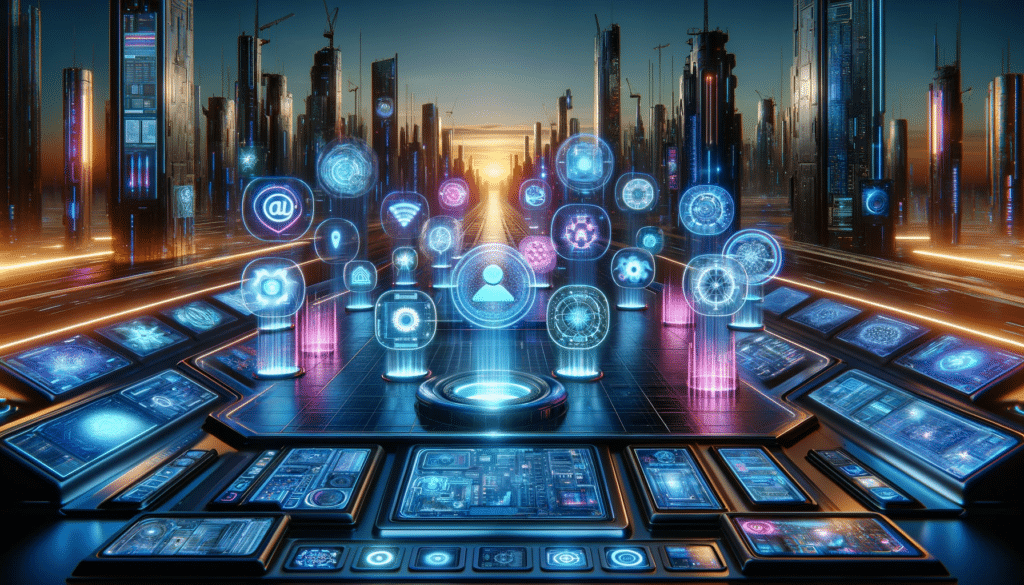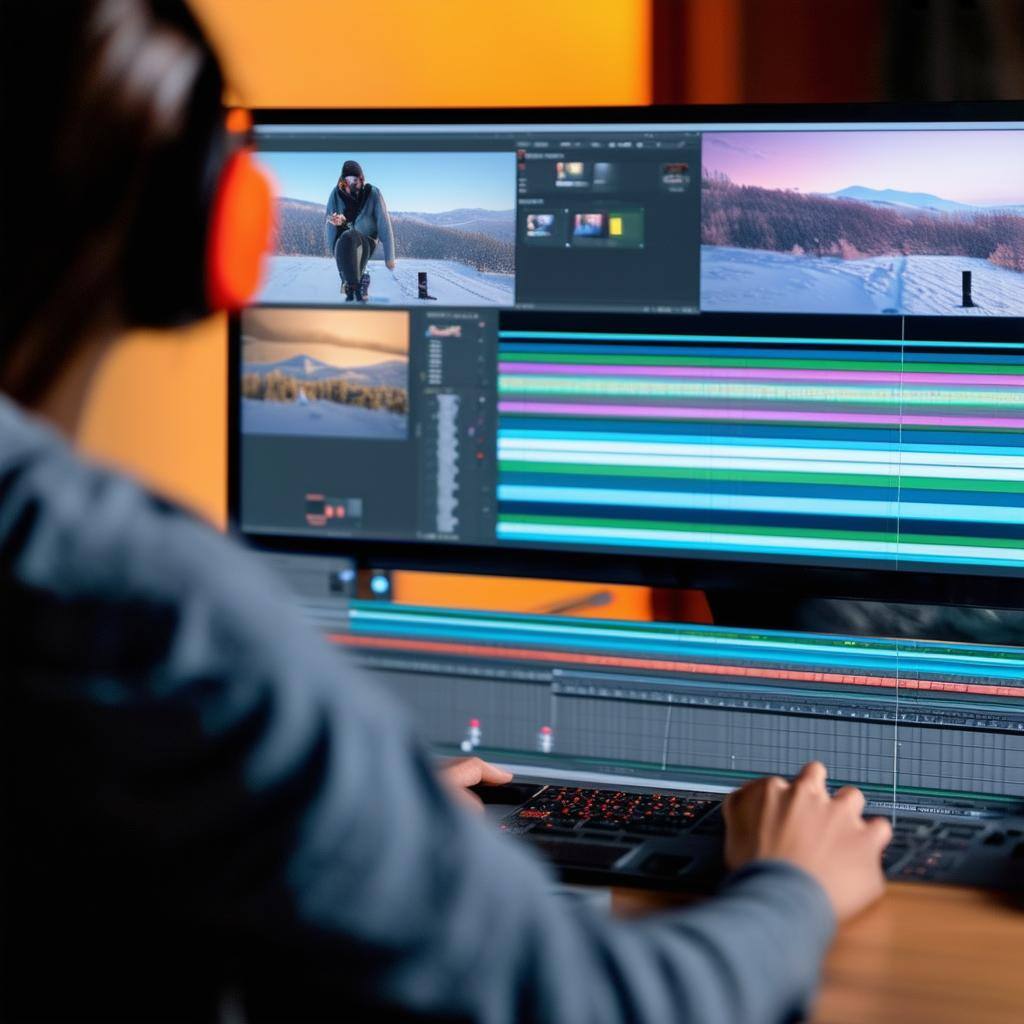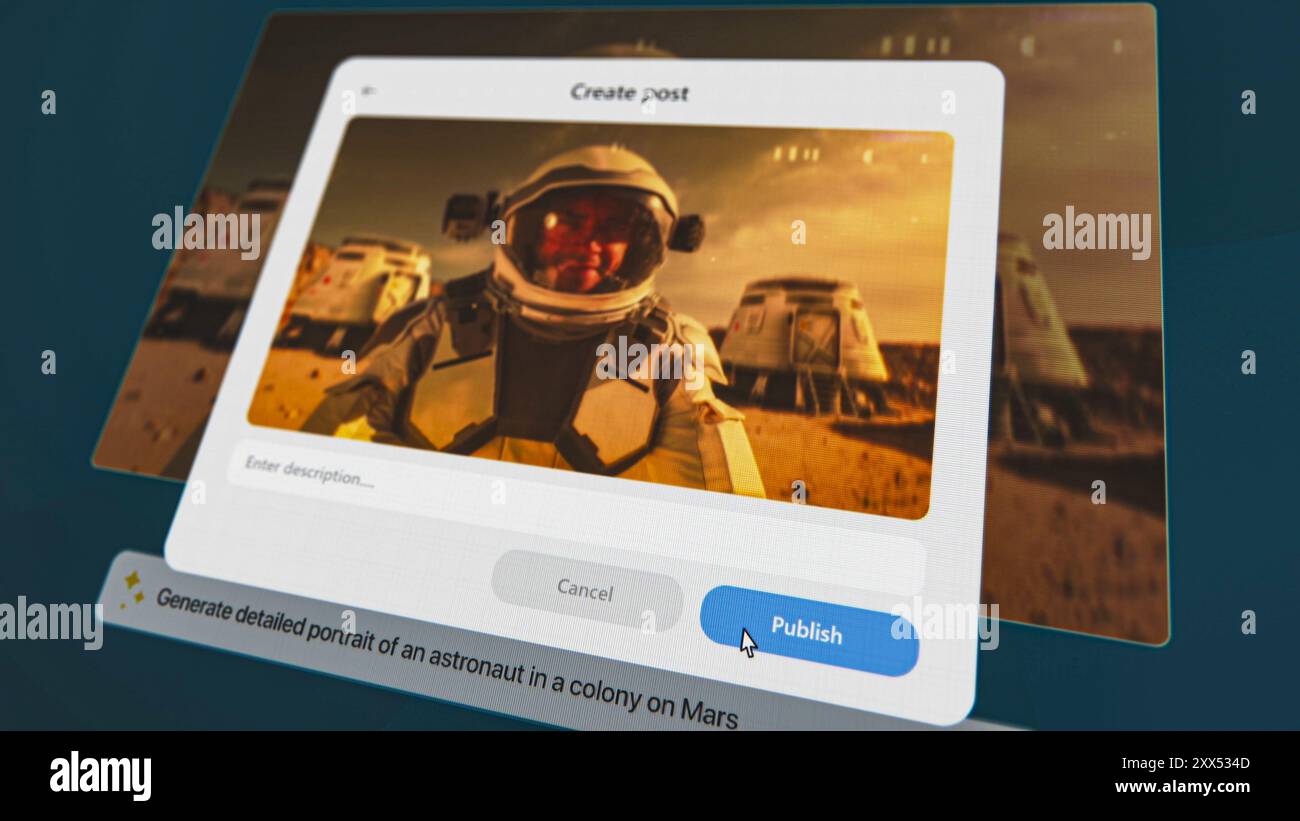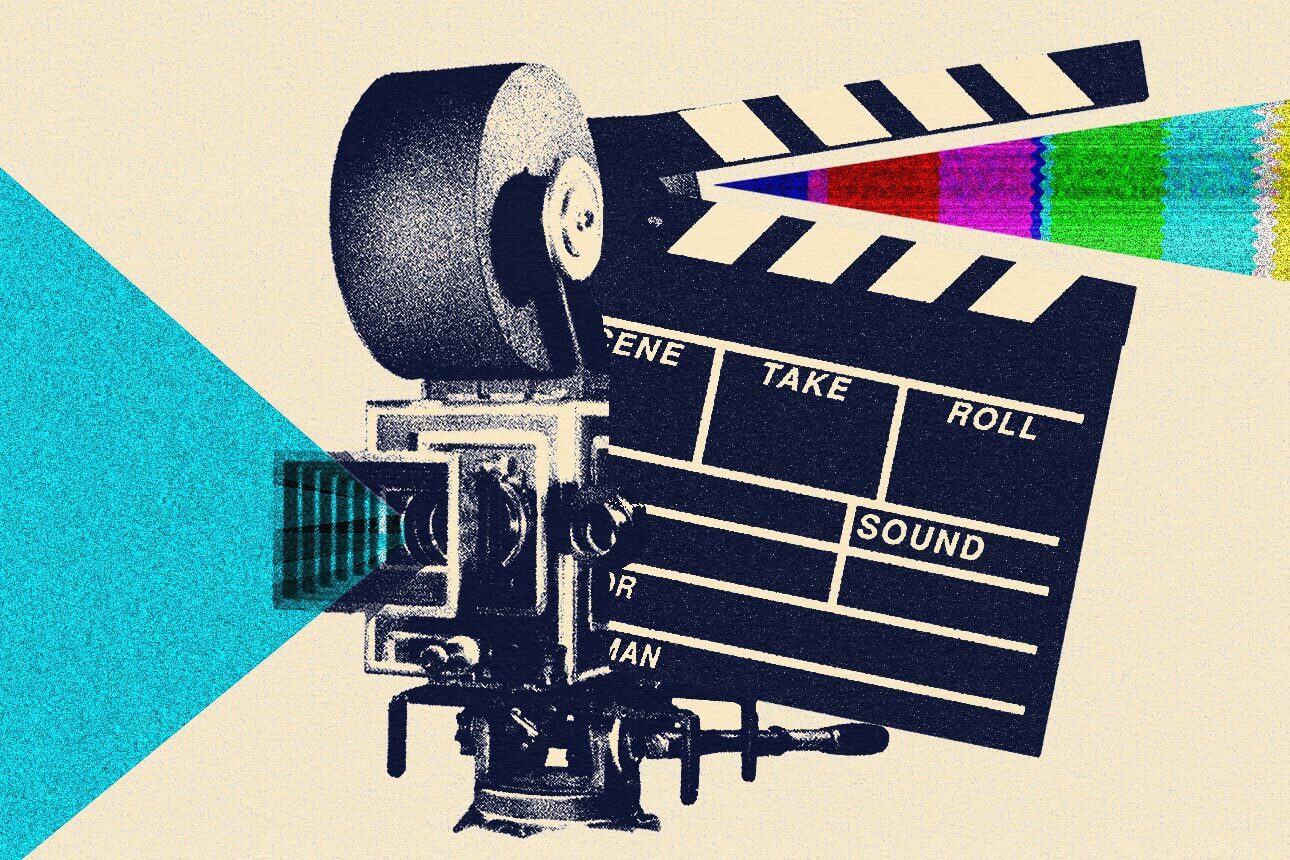AI Video Generators Going Mainstream: How 2024 Became the Tipping Point for Creators
AI Video Generators Going Mainstream: How 2025 Became the Tipping Point for Creators

The video production landscape has fundamentally shifted in 2024, with AI video generators transitioning from experimental curiosities to mainstream creative tools. What once required expensive equipment, professional teams, and weeks of production time can now be accomplished by anyone with a computer and a creative prompt.
From Hollywood studios exploring AI-generated sequences to social media creators producing viral content at scale, artificial intelligence has democratized video production in ways previously unimaginable. This transformation represents more than just technological advancement—it's a complete reimagining of how visual content gets created, distributed, and consumed.
Table of Contents
- The Mainstream Adoption Revolution
- Leading AI Video Platforms Transforming Content Creation
- Hollywood Disruption: Industry Response to AI
- Accessibility and Democratization
- Current Challenges and Limitations
- Future Outlook: What's Next for AI Video
- Getting Started with AI Video Generation
- Frequently Asked Questions
The Mainstream Adoption Revolution

The year 2024 marked a crucial turning point where AI video generators evolved from niche tools used by tech enthusiasts to essential platforms embraced by creators, businesses, and even major entertainment studios. This mainstream adoption stems from several converging factors that have made these tools both accessible and practical for everyday use.
Dramatic Quality Improvements
AI video generators have experienced remarkable quality leaps, moving far beyond the glitchy, unrealistic outputs that characterized earlier versions. Today's leading platforms can produce videos with realistic physics, consistent character appearances, and cinematic quality that rivals traditional production methods. Tools like OpenAI's Sora and Google's Veo 2 now generate footage that many viewers can't immediately identify as AI-created.
Cost-Effectiveness Driving Adoption
The economic advantages of AI video generation have become impossible to ignore. Where traditional video production might cost thousands of dollars for even simple promotional content, AI generators offer sophisticated output for monthly subscriptions ranging from $10 to $200. This dramatic cost reduction has opened video creation to small businesses, individual creators, and organizations previously priced out of professional video production.
Speed and Scalability Benefits
Perhaps most compelling is the speed at which content can be produced. What traditionally required weeks of pre-production, shooting, and editing can now be accomplished in hours or even minutes. This velocity enables creators to iterate rapidly, test multiple creative approaches, and respond to trending topics while they're still relevant.
Leading AI Video Platforms Transforming Content Creation

The competitive landscape of AI video generation has consolidated around several key players, each offering unique strengths and targeting different use cases. Understanding these platforms helps explain why mainstream adoption has accelerated so rapidly.
OpenAI Sora: The Hollywood Disruptor
OpenAI's Sora represents the premium tier of AI video generation, capable of producing up to 60-second clips with remarkable consistency and quality. Priced at $20/month for basic access and $200/month for professional features, Sora has gained attention through high-profile screenings in Los Angeles, directly targeting Hollywood producers and creative executives. The platform's ability to maintain character consistency across scenes and generate cinematic lighting effects has made it a serious consideration for professional productions.
Google Veo 2: Enterprise-Ready Innovation
Google's Veo 2 offers 4K resolution output and advanced camera controls, positioning itself as an enterprise solution. At $30 per minute of generated content, it targets businesses and agencies requiring broadcast-quality output. The platform includes Google's SynthID watermarking technology, addressing authenticity concerns that have slowed enterprise adoption.
Runway: The Creator's Choice
Runway has emerged as the preferred platform for professional creators and editors, offering sophisticated tools like "Director Mode" for precise camera control and "Aleph" for post-generation editing. With plans starting at $15/month, Runway strikes a balance between professional capabilities and accessibility, making it popular among YouTube creators, marketing agencies, and indie filmmakers.
Budget-Friendly Options Expanding Access
Platforms like Kling AI ($10/month), Luma Dream Machine ($9.99/month), and Vidu ($8/month) have made AI video generation accessible to virtually anyone. These tools may offer fewer advanced features than premium platforms, but they provide sufficient quality for social media content, educational materials, and small business marketing.
Hollywood Disruption: Industry Response to AI

The entertainment industry's relationship with AI video generation has been complex, marked by both enthusiastic experimentation and significant resistance. This tension reflects broader concerns about technological disruption in creative industries.
Industry Adoption and Experimentation
Major studios have quietly begun integrating AI video tools into their workflows, particularly for establishing shots, background elements, and pre-visualization. Actor Ashton Kutcher publicly predicted that AI video generators would become standard in television production, noting that creating an establishing shot with AI costs around $100 compared to thousands for traditional filming.
The March 2025 "Sora Selects" screening in Los Angeles demonstrated the technology's creative potential, showcasing 11 AI-generated short films to industry professionals. This event represented a strategic push by OpenAI to legitimize AI video as a serious creative medium rather than a novelty tool.
Workforce Concerns and Union Response
The rapid advancement of AI video technology has sparked significant concern within Hollywood's creative workforce. Over 400 prominent artists, including Ben Stiller, Cate Blanchett, and Paul McCartney, signed an open letter warning against unconstrained AI development that could undermine the 2.3 million jobs supported by the entertainment industry.
The 2023-2024 Hollywood strikes resulted in new union protections that limit how studios can use AI-generated content without proper negotiation and consent. These agreements represent a compromise between embracing technological innovation and protecting creative livelihoods.
The Creative Authenticity Debate
Beyond economic concerns, many industry professionals argue that AI-generated content lacks the human experience and emotional authenticity that defines compelling storytelling. Voice actor DW McCann emphasized that "people have lived experiences that AI just can't understand," highlighting the ongoing tension between efficiency and artistic integrity.
Accessibility and Democratization

One of the most significant impacts of mainstream AI video adoption has been the democratization of professional-quality video production. This shift has profound implications for content creation, marketing, and creative expression.
Lowering Technical Barriers
Traditional video production requires expertise in cinematography, lighting, sound recording, and post-production editing. AI video generators have eliminated many of these technical requirements, allowing users to create polished content through natural language descriptions. This accessibility has opened video creation to educators, small business owners, and individual creators who previously lacked the technical skills or resources for professional production.
Cost Democratization
The financial barriers to video production have historically excluded many potential creators. Professional equipment, location rentals, and crew costs could easily reach tens of thousands of dollars for even modest productions. AI video platforms have compressed these costs to monthly subscriptions ranging from $8 to $200, making high-quality video production accessible to virtually any budget.
Speed Enabling Creativity
The rapid iteration possible with AI video generation has changed how creators approach their craft. Instead of committing to expensive production decisions early in the process, creators can now experiment with multiple approaches, test different visual styles, and refine their vision through quick iterations. This speed has enabled a more experimental and creative approach to video content.
Current Challenges and Limitations
Despite remarkable progress, AI video generation still faces several significant challenges that prevent universal adoption and limit certain use cases.
Intellectual Property and Legal Concerns
The legal landscape surrounding AI-generated content remains uncertain. Questions about copyright ownership, training data rights, and liability for generated content have created hesitation among businesses and creators. Some courts have ruled that fully AI-generated content cannot be copyrighted, creating potential complications for commercial use.
Technical Limitations and Artifacts
Current AI video generators still struggle with certain technical challenges. "Hallucinations"—unrealistic or impossible elements that appear in generated content—remain common. These might include people with incorrect numbers of fingers, objects that violate physics, or inconsistent lighting and shadows. Such artifacts require careful review and often manual correction.
Compute Costs and Scalability
The computational requirements for AI video generation remain substantial. High-quality outputs require significant processing power, translating to costs that can escalate quickly for users generating large volumes of content. This has led to credit-based pricing models that can become expensive for heavy users.
Ethical and Authenticity Concerns
The ability to generate realistic videos has raised concerns about deepfakes, misinformation, and content authenticity. Platforms are implementing watermarking and detection technologies, but the potential for misuse remains a significant concern that may limit adoption in certain contexts.
Future Outlook: What's Next for AI Video
The trajectory of AI video generation suggests continued rapid advancement and broader integration into creative workflows across industries.
Technical Improvements on the Horizon
Expected developments include longer video generation capabilities, improved consistency across clips, better physics simulation, and enhanced control over creative elements. Integration with traditional video editing software will likely make AI generation feel more like a natural extension of existing workflows rather than a separate process.
Personalization and Customization
Future platforms will likely offer fine-tuning capabilities that allow users to train models on their specific visual styles, brand guidelines, or character designs. This customization will enable consistent branding and creative vision across generated content.
Regulatory and Ethical Framework Development
As the technology matures, clearer legal frameworks will emerge around ownership, liability, and usage rights. Industry standards for watermarking, disclosure, and ethical use will likely become standardized, providing more certainty for commercial applications.
Getting Started with AI Video Generation

For creators interested in exploring AI video generation, the key is starting with clear objectives and realistic expectations.
Choosing the Right Platform
Begin by identifying your primary use case. Social media creators might start with budget-friendly options like Vidu or Luma Dream Machine, while businesses requiring professional output might consider Runway or Google Veo 2. Most platforms offer free trials, making experimentation low-risk.
Developing Effective Prompts
Success with AI video generation largely depends on crafting detailed, specific prompts. Effective prompts include visual details, camera movements, lighting conditions, and style references. Starting with simpler concepts and gradually increasing complexity helps users understand each platform's capabilities and limitations.
Integration with Traditional Workflows
AI video generation works best when integrated with traditional editing and post-production workflows. Generated clips often benefit from additional editing, color correction, and audio enhancement using conventional video editing software.
Ready to Share This Revolution?
Help others discover how AI video generators are transforming content creation!
Share this comprehensive guide with your network and be part of the AI video revolution.
Frequently Asked Questions
What makes AI video generators different from traditional video editing software?
AI video generators create entirely new video content from text descriptions, while traditional editing software manipulates existing footage. AI tools can generate scenes, characters, and environments that never existed, whereas editing software combines and enhances recorded material.
Are AI-generated videos legal to use commercially?
The legal landscape is evolving, but most AI video platforms allow commercial use of generated content. However, copyright ownership may be limited, and users should review each platform's terms of service. Some platforms like Adobe Firefly specifically train on licensed content to ensure commercial safety.
How much does it cost to use AI video generators?
Costs range from $8/month for basic platforms like Vidu to $200/month for professional access to tools like Sora. Many platforms offer free trials, and some provide limited free usage. Google Veo 2 uses per-minute pricing at $30/minute of generated content.
Can AI video generators replace human filmmakers?
While AI video generators are powerful tools, they currently complement rather than replace human creativity. They excel at generating specific shots and sequences but still require human direction, creative vision, and post-production work. The technology is best viewed as enhancing human creativity rather than replacing it.
What are the main limitations of current AI video technology?
Current limitations include inconsistent object behavior, difficulty with complex physics, potential copyright issues with training data, computational costs for high-quality output, and challenges maintaining consistency across longer sequences. Most platforms also have limits on video length and resolution.
Which AI video generator is best for beginners?
Beginners should consider starting with platforms offering free trials and intuitive interfaces. Luma Dream Machine ($9.99/month), Vidu ($8/month), and Runway (free tier available) provide good entry points with comprehensive tutorials and community support.